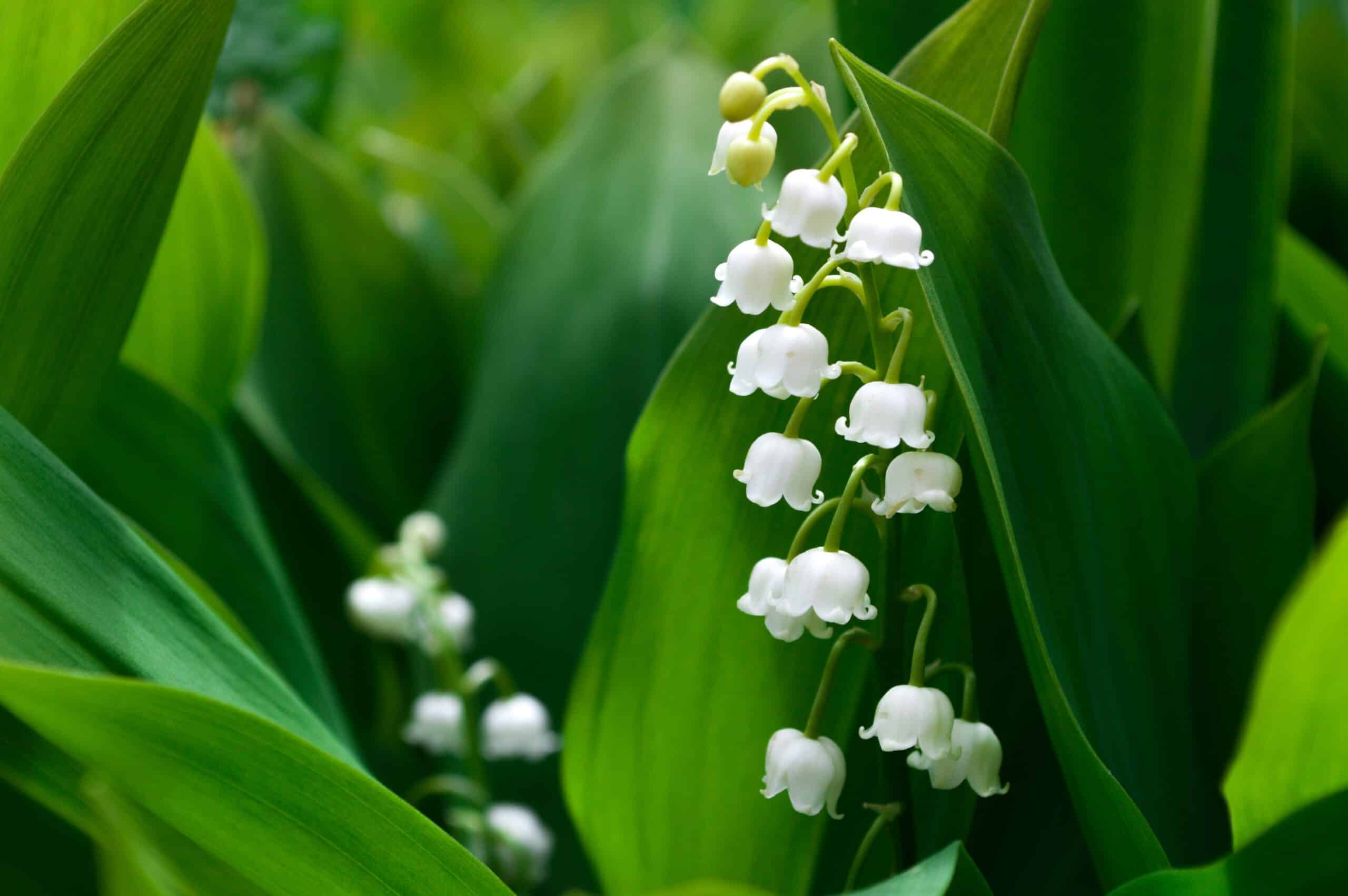How to plant
The process for planting Bear Grass and Xerophyllum tenax is relatively straightforward and begins with the selection of the best spot in the garden. Bear Grass needs at least a few hours of sunlight each day, preferably morning sun and some light shade during the hottest part of the day. It also prefers moist, well-drained soil, with a pH of 6.0 to 7.0. The soil should also be enriched with humus and/or compost.
When ready to plant, dig a hole twice as wide and just as deep as the root mass of the Bear Grass, then place the root ball into the hole and lightly fill in with soil. After planting, water generously and mulch around the base of the plant to help keep the soil cooler and retain moisture.
Once planted, regular watering is important for Bear Grass, especially in hot and dry weather. A good deep soaking about once a week should be sufficient, depending on rainfall and the situation of the garden.
Meaning and symbolism
Bear Grass has long been revered in many cultures for its beauty and symbolism. Native Americans have long associated Bear Grass with fertility and growth, believing it to be a symbol of long life and nourishment. The Greeks considered it to be Virgil’s sacred nymph, and it is even found in the Bible as the flower of Solomon’s garden.
In modern times, Bear Grass is often used as a symbol of growth and renewal as it’s able to grow vigorously even in difficult conditions. It’s also a symbol of hope, representing courage and strength in the face of adversity.
History, mythology, and religious significance
The history of the Bear Grass is said to go back to Ancient Greece, where it was linked to the mythical figure of Virgil. It is believed that Bear Grass was included in the Garden of Eden, where it was tied to the story of Adam and Eve.
The Greeks associated the Bear Grass with fertility and growth, and it was used by the ancient Egyptians as an ingredient in incense. The Romans also believed that it had healing properties, and it was used in rituals and ceremonies to celebrate gods and goddesses.
In Christianity, the Bear Grass is often seen as a symbol of renewal and new life. The flower is mentioned in the Bible as being present in Solomon’s Garden and is often seen as a symbol of hope and courage.
Flower varieties and their defining characteristics
There are a variety of different varieties of the Bear Grass. The most common is the White Bear Grass which grows up to four feet tall and produces fragrant white flowers.
The Red Bear Grass is also quite popular and is often cultivated as an ornamental plant. This variety of Xerophyllum tenax has red flowers and grows to two feet in height. However, in colder climates, it will usually remain shorter.
The Variegated Bear Grass is another variety that features two-tone leaves, giving it a unique and eye-catching look. The leaves usually have splashes of white and yellow, but the flowers on this variety tend to be smaller and less fragrant than the other varieties.
The Gold Leaf Bear Grass is a newer variety that has been gaining in popularity. It has yellow-tinged foliage and small, delicate white flowers and only reaches about one foot in height. While this variety is quite hardy, it may not flower as vigorously in cooler climates.
Lastly, there is the White Dwarf Bear Grass, which is the smallest and least fragrant variety. The leaves are dark green and the flowers are cream in color. This variety is ideal for rock gardens and containers, where it will reach a height of only twelve inches.
How to pot and repot
When potting and repotting Bear Grass, it is important to use a potting mix that is loose and well-draining, such as peat moss, compost, or a mix of the two. Once in the pot, the soil should be watered until the soil is moist throughout the pot. Once it has been watered, the Bear Grass can be repotted or planted in the garden.
When potting or repotting Bear Grass, make sure to leave enough space around the rootball for it to spread. This will allow for better drainage and also give the plant room to grow. It also helps to use a pot with drainage holes at the bottom, so excess water can escape.
How to prune
Pruning Bear Grass is an important part of its care and can help keep it healthy and looking its best. This type of perennial should be pruned annually, in early spring. Pruning helps the plant develop a strong, healthy form and also encourages bushy growth.
When pruning, it’s important to remove dead or dying branches, as well as any branches that are crossing or rubbing against each other. If the Bear Grass is grown in a pot, it’s important to avoid pruning more than a quarter of its height, as this can damage the roots of the plant. The cut stems should be neat and clean, so be sure to make the cuts at the node on the stem, just above the bud.
How to propagate
Bear Grasses can be propagated in a few different ways. The easiest way to propagate this type of perennial is through division. This should be done every three to four years, as the plant will start to look overgrown and leggy.
To propagate through division, carefully remove the Bear Grass from its pot and use a shovel to divide the root ball into several smaller sections, each with a good portion of roots attached. Each division can then be replanted in its own pot or planted in the garden.
It’s also possible to grow new Bear Grass plants from seed. To do this, use a sterile seed starter mix and sow the seeds directly onto the soil surface. Cover the seeds with a thin layer of soil, water lightly, and place in a sunny spot indoors. Once the seedlings are big enough to handle, they can be moved outdoors or planted in the garden.
Common pests and diseases
While Bear Grass is generally hardy and disease-resistant, there are a few pests and diseases that can cause problems. It’s important to watch out for aphids, mealybugs, scale insects, and slugs, as these can damage the plant and cause the leaves to turn yellow.
In terms of diseases, fungal problems such as powdery mildew, gray mold, and root rot should also be monitored closely. To prevent these diseases, it’s important to ensure that the soil is well-draining and to avoid over-watering or wetting the leaves.
Three Frequently Asked Questions About Bear Grass
Q: How much water does Xerophyllum Tenax need?
A: Xerophyllum Tenax needs a good deep soaking of water once per week, depending on the rainfall and the situation of the garden.
Q: When is the best time to replant Xerophyllum Tenax?
A: Xerophyllum Tenax should be divided and replanted every three to four years, when the plant begins to look overgrown and leggy.
Q: What type of soil is best for Xerophyllum Tenax?
A: Xerophyllum Tenax prefers moist, well-drained soil, with a pH of 6.0 to 7.0 and enriched with compost or humus.
Fact Sheet
| Bear Grass | Xerophyllum Tenax |
|---|---|
| Family | Liliaceae |
| Plant Type | Perennial |
| Mature Size | Up to 4 feet |
| Sun Exposure | Full sun to part shade |
| Soil Type | Well-drained |
| Soil pH | 6.0-7.0 |
| Bloom Time | Late Spring to summer. |
| Flower Color | White |
| Hardiness Zones | 4-9 |
| Native Area | North America |
What we love from Amazon this week
Buy these wonderful flowers directly from Amazon:















